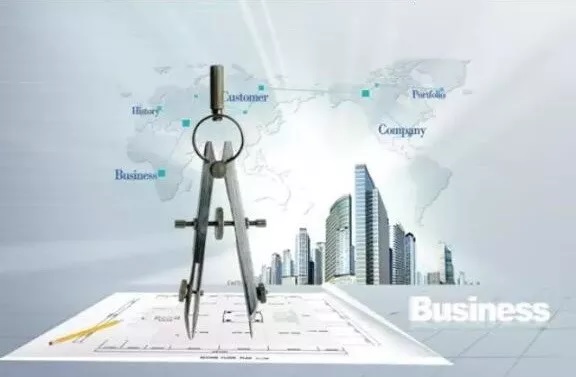
Hi Everyone:
Thank you to those who sent a note on last month’s newsletter about Tesla. No sooner had the newsletter gone out than I received a copy of Harvard Business Review and read an article called “Is Tesla Really a Disruptive Innovation?” The premise was that Tesla is a car company not abattery company that makes cars. I wrote a letter to HBR stating that Tesla was indeed potentially a disruptive technology but not to the automotive industry, instead to those who generate, transport and deliverpower. The letter will be published in the July edition of the magazine.
This month’s newsletter is about leveraging existing infrastructure. So often companies entering new markets feel they need to control the whole value chain as they do in their home markets. Confident they will drive the incumbents out, they throw bags of money at establishing their newmarket and often fail. Sometimes those incumbent competitors can be your friends…use their infrastructure – leverage the market.
Enjoy- Cam
CTipping@iibd.com
(+1)250 595 8440
(+1)917 816 5846 M
Volume15 Newsletter 5Market Leverage
Often in the business world well-meaning businesses try to enter new markets or launch new products by building large infrastructure and hiring on huge local sales teams. Trying to replicate what they’ve done successfully in another market, they end up pushing against the local business in frastructure rather than working with it. Some of the most powerful pharmaceuticals and medical devices companies with superior products struggle to gain a foothold in China and Africa – both places that desperately need such products. In another example, the world’s three largest Oil Field Services companies collectively can’t gain more than 15% of the North American land market even though operators could benefit significantly from their superior technology. While the thinking often goes that once the local customers see what a world class product can do they will flock to it, such a strategy rarely succeeds. In both examples above the big guys are outmaneuvered by the small mom and pops who collectively control the market. Here’s one strategy from outside the business world I found insightful with some valuable lessons for us all….
India is a big country with a massive population. Trouble is that about a quarter of the population is undocumented and those people can’t legally work, access government service, get a driver’s license or vote. To correct this the Prime Minister of India asked the former CEO of Infosys, Nandan Nilekani, to head up a project to register the unregistered.
Burning up funds on government projects isn’t anything new and Mr. Nilekani could have easily taken this route. Instead he took his new challenge seriously. Knowing he was being asked to do the impossible with very little budget he turned the project into a social enterprise. First heneeded a way to identify each unique individual. To save money and minimize capital expenditures he re-purposed finger print and retinal scanning technology creating an enrollment platform that served the purpose while being simple to use. Next, rather than hiring thousands of census takers to blanket the country and register citizens he engaged social organizations already working in India with the same segment of the population that he needed to register. By paying $1.00 per newly registered citizen he enabled the NGO’s and other social organizations already present in India to generate income for their programs. Rather than building a new organization as one might expect, Mr. Nilekani aligned his goals with organizations already present and built in a small additional incentive.
In five years 600 million citizens were registered at a cost of $1.00 per registry. Mr. Nilekani not only accomplished his goals, he also gave the enrollers a new source of income as they drove the cost of registration far below the $1.00 per person level. What can we learn from Mr. Nilekani as we launch new products or enter new markets:
1. Work with the local infrastructure – not against it: Mr. Nilelkani leveraged the local infrastructure of NGO’s and other service organizations already in place rather than trying to develop a new one.
2. You don’t need to own the market to control it! Companies can be tempted to acquire ownership of every part of the value chain. Mr. Nilelkani kept his eye on his goal rather than on his ego.
3. A worthy cause is a great motivator but so is a piece of the action: Local NGOs could already see the benefit of registering citizens but offering an opportunity to earn some additional income proved another powerful motivator.
Some of the most brilliant strategies I come across are from those with the least resources, necessity being the mother of invention and all that. It may be because of the lack of resources that they that tend to be so well constructed and ready to leverage the local infrastructure to implement their strategy as opposed to fighting against it. Don’t fight the locals when launching a new product or entering a new market…leverage what’s already there!

 沪公网安备 31011502013770号
沪公网安备 31011502013770号